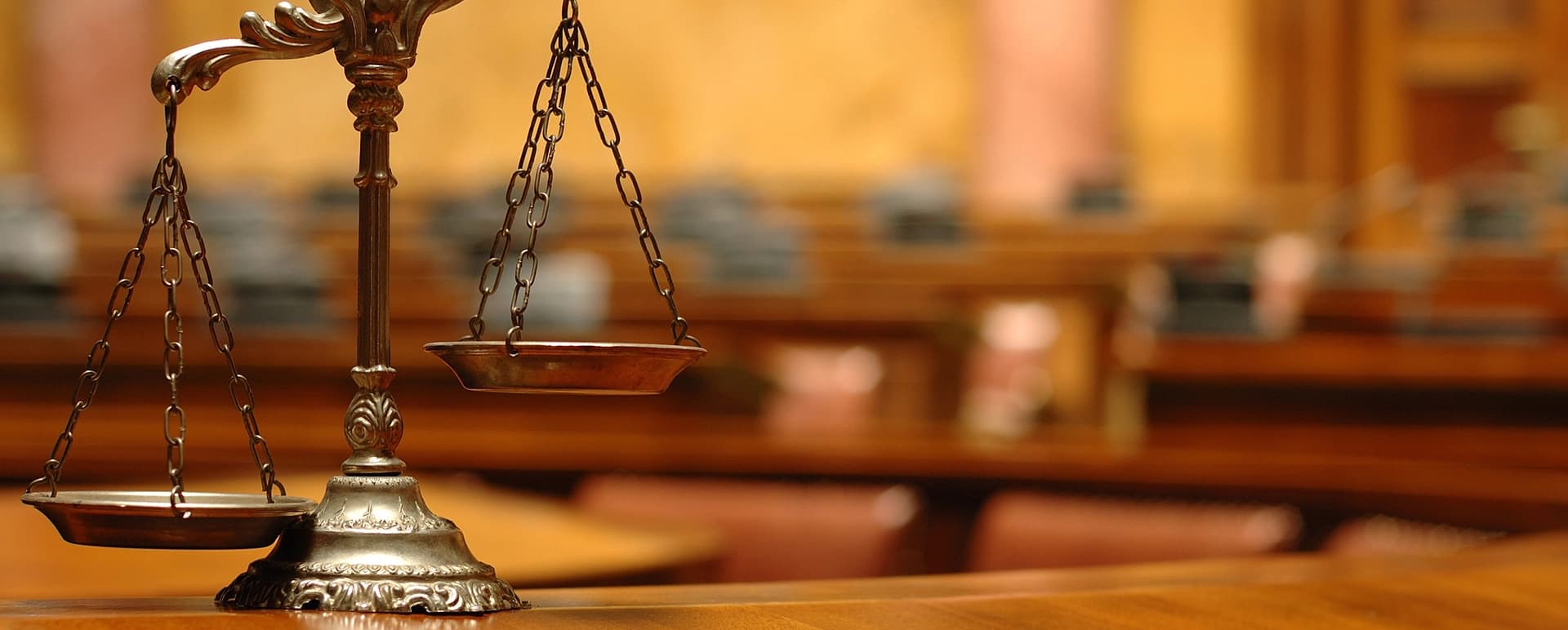Captivate the Jury: Essential Components of a Powerful Trial Presentation
In the realm of legal campaigning for, the capacity to mesmerize a court is critical to the outcome of a trial (trial presentation). Essential elements such as recognizing the audience, crafting a compelling narrative, and mastering spoken and non-verbal interaction are important elements of an effective presentation. The tactical use of visual aids can dramatically boost understanding and retention of key debates. As these variables link, they create a natural technique that not only notifies however additionally involves jurors on multiple levels. What specific strategies can absolutely transform a typical discussion into a memorable experience for the jury?

Recognizing Your Target Market
Comprehending your target market is a critical element of reliable test discussion. A successful discussion depends upon the capacity to realize the demographics, worths, and proneness of jurors. This comprehension notifies how arguments are framed, proof is offered, and psychological allures are crafted, guaranteeing that the message reverberates with the jurors on an individual degree.
Study shows that jurors come from varied histories and may have varying degrees of comprehending pertaining to lawful process. Furthermore, recognizing the jurors' potential prejudices and life experiences enables the test speaker to anticipate objections and address worries proactively.
Reliable trial presentation additionally entails observing jurors' responses during the proceedings. Being in harmony with non-verbal cues can give insight right into their interaction and understanding, permitting real-time adjustments in method. Inevitably, an extensive understanding of the target market not only enhances communication but additionally develops connection, enhancing the chance of a favorable outcome. Involving with jurors as individuals instead of a cumulative device is important in promoting a strong link in the court room.

Crafting a Compelling Narrative
Crafting an engaging story is important in guiding jurors with the complexities of a case. A well-structured story not only streamlines detailed lawful concepts however additionally engages jurors on an emotional degree, making the information more relatable and memorable.
To achieve this, attorneys ought to begin by identifying the core message they desire to convey. This message must resonate with the jurors' values and experiences, cultivating a connection that transcends simple truths. The story must unravel rationally, presenting events in a clear series to prevent confusion. This sequential strategy can assist jurors follow the progression of events, stressing domino effect.
Incorporating human components-- such as personal tales or narratives-- can better improve the narrative's effect. These elements evoke empathy, enabling jurors to envision the consequences of the instance on the real worlds. Furthermore, utilizing a constant motif throughout the presentation enhances the main debate, making it easier for jurors to preserve important factors.
Eventually, a compelling narrative changes a test presentation from a plain recounting of facts into a convincing story that mesmerizes the jury, encouraging them to ponder with both reason and feeling.
Using Aesthetic Aids
Integrating aesthetic aids right into a trial discussion can considerably improve jurors' understanding and retention of information. Visual materials such as charts, representations, photographs, and videos can transform intricate lawful principles and proof right into easily digestible layouts. By engaging numerous senses, these aids permit jurors to imagine the case's crucial components, making it much easier for them to adhere to along and comprehend elaborate details.
Moreover, well-designed visual help can stress crucial points and emphasize connections between different pieces of evidence. Timelines can successfully illustrate the series of events, while annotated photos can make clear specific details pertinent to the case. This not only aids in understanding yet also strengthens the narrative provided by the attorney.
It is essential, nevertheless, to guarantee their explanation that aesthetic aids are appropriate, clear, and skillfully provided. Overly complex or chaotic visuals might overwhelm jurors and diminish the message. When utilized judiciously, aesthetic help serve to enhance the oral arguments and boost the general influence of the test presentation. Inevitably, reliable visual communication can be an effective device in convincing jurors and helping them reach educated conclusions.
Understanding Verbal Interaction
Effective verbal interaction is essential in a trial discussion, as it works as the primary ways with which attorneys communicate their arguments and get in touch get redirected here with jurors. Mastering this skill includes clarity, persuasion, and interaction. Attorneys should express their points clearly and briefly, staying clear of lawful jargon that may puzzle jurors. Simplicity in language fosters understanding and assists jurors understand intricate concerns provided during the test.
Additionally, tone and pacing considerably influence how messages are gotten. A certain tone conveys authority, while proper pacing enables jurors to soak up details without feeling overwhelmed. Lawyers need to additionally differ their vocal inflections to highlight essential points and keep jurors' passion throughout the discussion.
In addition, the company of verbal disagreements is essential. Structuring the narrative realistically and coherently helps jurors follow the attorney's line of reasoning, making it less complicated for them to retain critical info. Making use of influential methods, such as narration, can additionally enhance the emotional vibration of the debates provided, thus creating a more extensive link with jurors.
Eventually, grasping spoken communication not only reinforces a lawyer's instance but likewise cultivates trust fund and relationship with the court, significantly improving the chances of a favorable verdict.

Engaging With Body Movement
Nonverbal interaction plays a vital function in trial discussions, often communicating messages that words alone can not reveal. Body language, including motions, pose, faces, and eye contact, dramatically influences exactly how jurors view the integrity and sincerity of the speaker. A certain stance, with shoulders back and an open pose, Going Here can instill count on, while closed-off body language may suggest defensiveness or unpredictability.

Faces need to reflect the emotions associated with the case, strengthening the narrative existing. For circumstances, a sincere expression during an emotional moment can evoke compassion and strengthen the emotional charm. Eventually, understanding body movement is important for reliable test presentations, as it boosts spoken interaction and develops a compelling presence that reverberates with the jury.
Final Thought
In verdict, captivating the court requires a calculated method that incorporates recognizing the audience, crafting an engaging story, making use of visual help, understanding spoken communication, and engaging via body movement. Each component plays a crucial role in producing a powerful trial discussion that reverberates with jurors on both emotional and intellectual levels (trial presentation). By integrating these components efficiently, lawyers can significantly improve their capability to encourage and affect jury decision-making